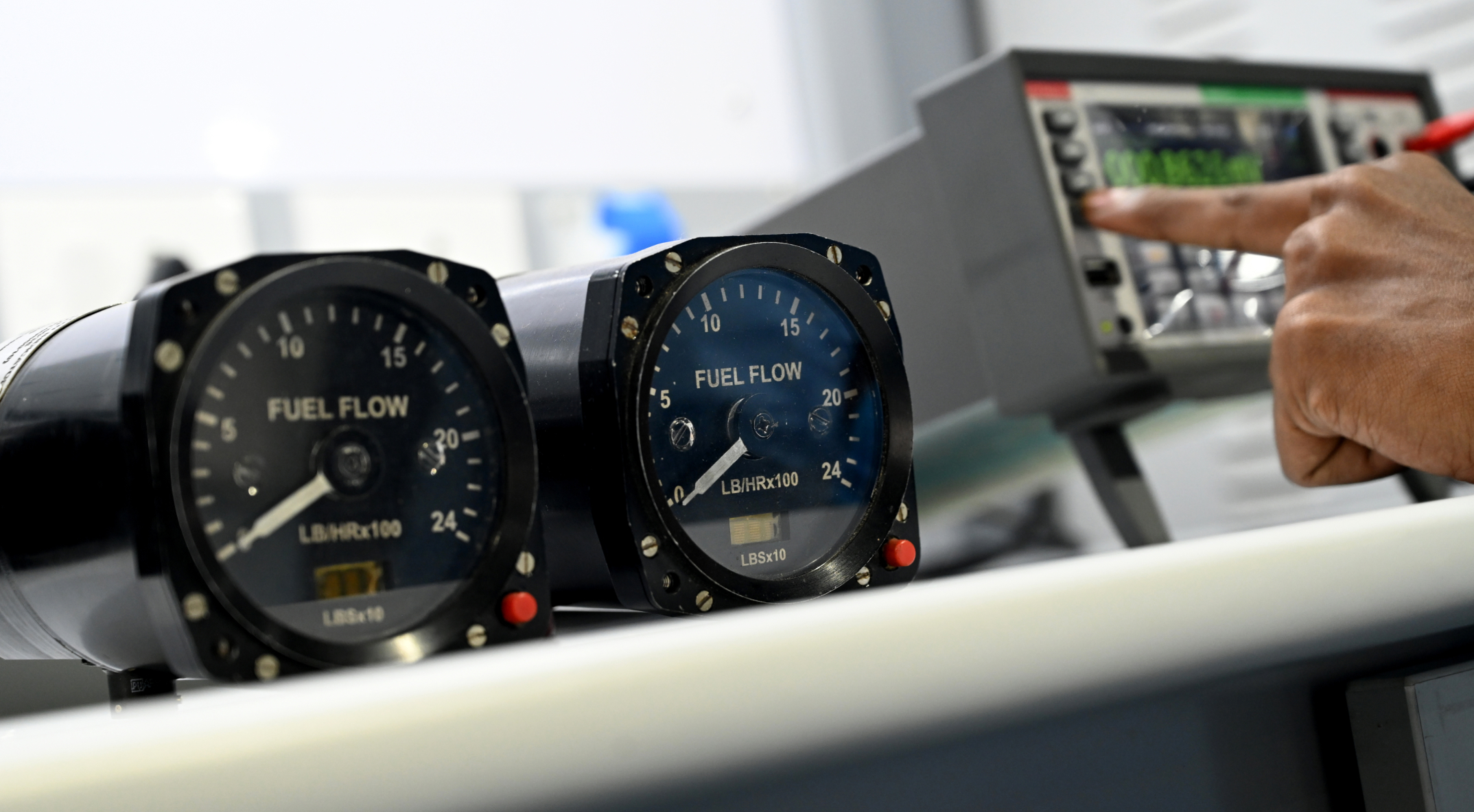Detecting the Unseen: How Does Pinaka’s NVCPT Ensure the Precision of Weapons & Missile Release Systems?

In aerospace engineering, split-second decisions can alter the course of operations, and therefore, precision and reliability are non-negotiable. Pinaka, a ZETWERK company, has developed a solution known as the “No Volts cum Pulse Tester” (NVCPT), where this technology amalgamates cutting-edge hardware and software innovations, targeting the needs of weapons and missile release systems to deliver precision and reliability in aerospace applications.
Systems and Components Integration
NVCPT is designed as a comprehensive testing and validation system that integrates into existing weapons and missile release systems. Its modular architecture allows for easy customization and adaptation to various platforms. The core components of NVCPT include:
- Microcontroller Unit (MCU): A CRI-certified microcontroller serves as the brain of NVCPT, orchestrating voltage detection, regulation, and pulse optimization processes.
- Sensors and Detectors: High-precision sensors and detectors are deployed to monitor voltage levels, identify stray voltages, and assess the integrity of firing pulses.
- Relays and Actuators: Robust relays and actuators facilitate real-time adjustments to firing pulse parameters, ensuring precise amplitude and duration control.
- Embedded Software Suite: NVCPT’s intelligent software suite encompasses signal processing algorithms, machine learning modules, and adaptive control mechanisms for optimized performance and predictive maintenance.
Hardware and Software Synergy
The hardware layer provides the necessary physical infrastructure for voltage sensing, regulation, and pulse modulation, while the software layer adds intelligence, adaptability, and automation to these processes. Key features of NVCPT’s hardware and software integration include:
- Real-time Voltage Monitoring: NVCPT employs high-speed analog-to-digital converters (ADCs) to monitor voltage fluctuations with microsecond precision, ensuring timely detection of stray voltages and transient spikes.
- Dynamic Pulse Optimization: Through feedback loops and adaptive algorithms, NVCPT dynamically adjusts firing pulse characteristics such as voltage amplitude, pulse width, and rise time, optimizing them for maximum accuracy and reliability.
- Predictive Maintenance and Diagnostics: Machine learning algorithms embedded within NVCPT’s software suite analyze historical data patterns, identify potential performance anomalies, and trigger proactive maintenance actions to prevent system degradation or failures.
- User Interface and Connectivity: NVCPT features a user-friendly interface with graphical visualization tools, real-time data logging capabilities, and remote connectivity options, enabling operators to monitor, analyze, and manage system performance from centralized control stations or mobile devices.
Functionality and Operational Benefits
The core functionality of NVCPT revolves around ensuring the precision and integrity of firing pulses in weapons and missile release systems. Its operational benefits extend across multiple domains, including:
- Stray Voltage Detection: NVCPT’s advanced voltage sensing capabilities detect stray voltages caused by electromagnetic interference, parasitic capacitances, or transient electrical phenomena. By isolating and neutralizing these, NVCPT prevents potential misfires or erratic behavior in critical systems.
- Amplitude and Duration Control: Through real-time adjustments and feedback mechanisms, NVCPT maintains precise control over firing pulse parameters, including voltage amplitude, pulse width, and rise/fall times. This level of control ensures consistent and accurate performance during weapon deployment and missile release operations.
- Reliability and Safety Assurance: By mitigating voltage irregularities and optimizing firing pulses, NVCPT enhances the reliability and safety of weapons and missile release systems. It minimizes the risk of premature detonations, malfunctions, or system failures, thereby increasing mission success rates and operational effectiveness.
- Compatibility and Versatility: NVCPT is designed to be compatible with a wide range of aircraft, unmanned aerial vehicles (UAVs), naval vessels, and ground-based weapon systems. Its modular design integrates into diverse platforms, making it a versatile solution for defense agencies, aerospace manufacturers, and maintenance depots.
- Compliance and Certification: NVCPT undergoes rigorous testing, validation, and certification processes to ensure compliance with industry standards, regulatory requirements, and safety protocols. Its certification credentials instill confidence in users regarding its performance, reliability, and adherence to best practices in aerospace testing and validation.
Target Users and Deployment Scenarios
Stray voltage is the bane of almost every electronic system. The effects are accentuated in precision electronics systems, those that involve accurate microsecond-level timing for correct operation, and mission-critical systems like weapons release systems that require extreme trustworthiness. NVCPT caters to a diverse user base within the aerospace and defense sectors, including:
- Defense Agencies: Military organizations and defense agencies utilize NVCPT to enhance the precision, reliability, and safety of weapons systems deployed on aircraft, missiles, drones, and ground-based platforms.
- Aerospace Manufacturers: Companies involved in the design, development, and production of aerospace components and systems integrate NVCPT into their quality assurance and testing processes to validate the performance of critical avionics and weapon release mechanisms.
- Maintenance and Overhaul Facilities: Maintenance depots and overhaul facilities leverage NVCPT for diagnostic testing, predictive maintenance, and performance optimization of existing weapons and missile release systems during routine servicing or upgrades.
- Research and Development Labs: Aerospace research institutions and R&D labs utilize NVCPT for experimental testing, performance analysis, and validation of prototype weapon systems, contributing to advancements in aerospace technology and innovation.
Advancing Precision Testing in Aerospace
Pinaka’s NVCPT combines state-of-the-art hardware components, intelligent software algorithms, and user-centric design principles to ensure the precision and reliability of weapons and missile release systems. Its ability to detect unseen voltage irregularities, optimize firing pulses, and enhance operational safety makes it a vital asset for defense companies worldwide.








